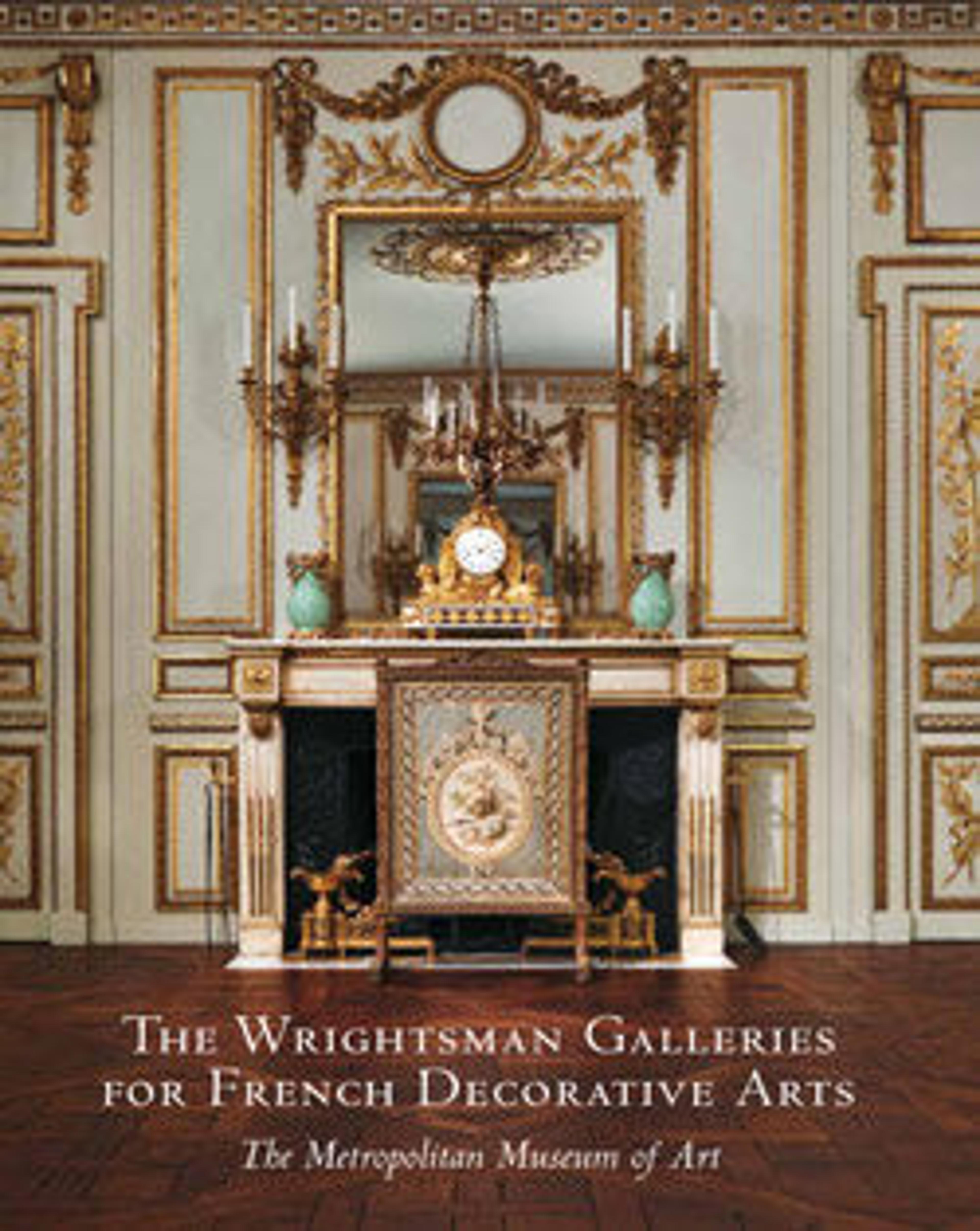Shopfront from 3, quai de Bourbon, Île Saint-Louis, Paris
Artwork Details
- Title: Shopfront from 3, quai de Bourbon, Île Saint-Louis, Paris
- Maker: Etienne Séjournant (master in 1772)
- Date: between 1775–77, with later replacements
- Culture: French, Paris
- Medium: Oak
- Dimensions: Overall: 13 ft. 1 in. × 20 ft. 5 3/4 in. × 25 1/2 in. (398.8 × 624.2 × 64.8 cm)
- Classification: Woodwork
- Credit Line: Gift of J. Pierpont Morgan, 1920
- Object Number: 20.154
- Curatorial Department: European Sculpture and Decorative Arts
Audio
2294. Shopfront from Paris, Overview
JEFFREY MUNGER: Several of our most important . . . pieces of French silver are exhibited in this 18th-century shop front.
NARRATOR: Curator Jeffrey Munger. Look to the right of this 18th-century French store front, on the middle shelf.
JEFFREY MUNGER: One of our most important pieces . . . is the tureen that you see on the left of the shelf that is surmounted by a finial in the form of a wonderful hunting scene, a veritable three-dimensional still-life on the cover of the tureen.
NARRATOR: It’s part of the only surviving silver service made for the Crown. In fact, relatively little French silver from the late 17th- and 18th-centuries actually survives. A long series of costly disastrous wars led to edicts that required artistocrats and courtiers to bring their silver to the mint. There it was melted down and reissued as currency. But largely through the generosity of Catherine D. Wentworth, the Metropolitan has the finest collection of 18th-century French silver in America. On this same middle shelf is a coffee-pot that is perhaps the most exquisite piece of silver in the Museum’s collection.
JEFFREY MUNGER: And it is a tour de force of French silversmithing. The spiraling of the body perfectly encapsulates the Rococo spirit of the day. And the coffee leaves and beans that encircle the handle and that decorate the spout are a very clever . . . allusion to the contents inside.
NARRATOR: Spend some more time here. When you’re ready, press play to hear about the snuffboxes in the two cases behind you.
Listen to more about this artwork
More Artwork
Research Resources
The Met provides unparalleled resources for research and welcomes an international community of students and scholars. The Met's Open Access API is where creators and researchers can connect to the The Met collection. Open Access data and public domain images are available for unrestricted commercial and noncommercial use without permission or fee.
To request images under copyright and other restrictions, please use this Image Request form.
Feedback
We continue to research and examine historical and cultural context for objects in The Met collection. If you have comments or questions about this object record, please contact us using the form below. The Museum looks forward to receiving your comments.
